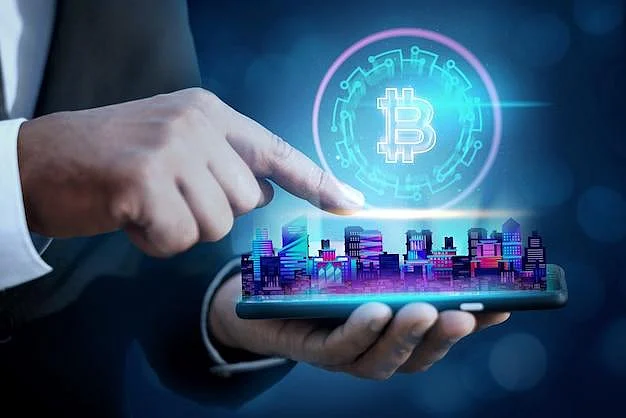India's Public Distribution System (PDS) is the largest welfare program in the world and has been designed to provide food grains at sub-market prices to tens of millions of economically weaker households. Cases of corruption, grain diversion, errors in beneficiary databases, and transparency have plagued the system for decades. Loopholes will tend to prevent food from reaching destination points more often than not.
Despite many reforms that have tried to seal the loopholes, there are still many challenges present due to delivery and management inefficiencies in data. It is here that blockchain technology presents a disruptive and opportune opportunity—by introducing an open, tamper-evident, and transparent infrastructure for data over ration delivery.
What Is Blockchain and Why It Matters
Similar to all other cryptocurrencies, blockchain is a distributed, digital ledger that records transactions in such a manner that information cannot be deleted or modified.
The significance of blockchain is that it can create trust in an arrangement without trusting any central party. This renders it highly relevant in public delivery of services, such as in the instance of the PDS in need of transparency and accountability. If applied to the PDS, blockchain can avoid tampering of data, improve monitoring of the supply chain, and provide fair and efficient delivery of food grains.
Reforming Ration Distribution with Blockchain
Currently, the PDS functions through a series of intermediaries, from procurement agencies to transporters and fair price shop owners. The multi-level structure is prone to information gaps and mismanagement at every level. With blockchain integrated into it, every transaction from food grain procurement to ration shop distribution can be traced in real time on an unhackable platform.
For instance, during the exportation of a rice shipment from a warehouse, it can be added to the blockchain with time stamps and location. As the grains move along the supply chain and finally to receivers, each step gets recorded automatically. It forms an open book that can be viewed for audit and verification, reducing the possibilities of diversion or theft.
Moreover, the recipients can be authenticated through biometric systems integrated into the blockchain such that rations only end up with the original and genuine households. Once an individual has received his rightful grain, the transaction is accounted for in real-time to prevent duplication or forgery.
Empowering Citizens through Transparency
Among the strongest aspects of blockchain-based rationing systems is how they put information into people's hands. Beneficiaries are able to receive messages on their entitlements and availability of stocks via SMS or mobile app, especially where digital literacy has not taken hold in rural populations. This allows citizens to make the ration shop owner and the officials responsible for delivering them responsible if their supplies go missing or get withheld.
In addition, the technology enables quicker and fact-based grievance redressal. In the event of delay in reporting or failure to supply rations by a beneficiary, the issue can be traced back in the system to determine where and when the slip had occurred.
Challenges in Implementation
As great as blockchain is, its implementation in India's large and complex rationing network cannot be overemphasized. The internet network of most small-town rural India is still in its infancy, and in the absence of proper internet connectivity, it affects real-time logging of data. Finally, the application of blockchain requires massive investment in training, hardware, and public awareness in a bid to run to its full potential.
Privacy concerns will also have to be addressed where personal identification data is being held on an electronic ledger. Stringent policies and procedures will need to be applied in order to maintain user data while offering the transparency that blockchain is most well known for.
The Road Ahead
Instead, it has to be envisioned as phase-wise upgradation—triggered through pilots in the chosen districts to check scalability, smooth out ground issues, and win people's trust.
Early signs from pilot runs conducted by pilots within other government setups are that blockchain can reduce leakages by an enormous percentage, improve service delivery, and introduce long-term system change. Blockchain has the promise to transform how India distributes its life-sustaining commodities if it is rolled out judiciously, in the right alliances, and with digital infrastructure—each grain arriving at its planned hands-on schedule, without delay.
Conclusion: Technology for Social Good
Blockchain can turn India's perennial rationing drama into a story of digital transformation. It does not merely bring in efficiency but fairness—a virtue that is not common but can help public services regain their trust value. While everything is changing with innovation now, bringing blockchain to welfare schemes like the PDS is progressing towards governance that is inclusive, where transparency is not just a commitment but an inherent element.














